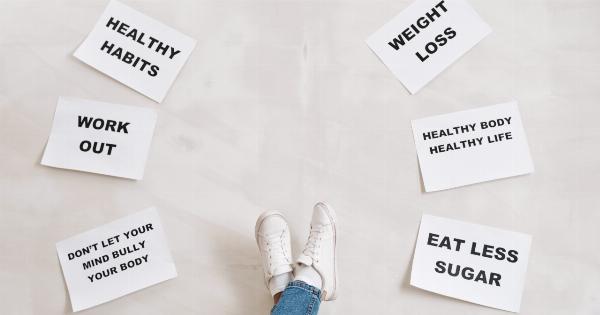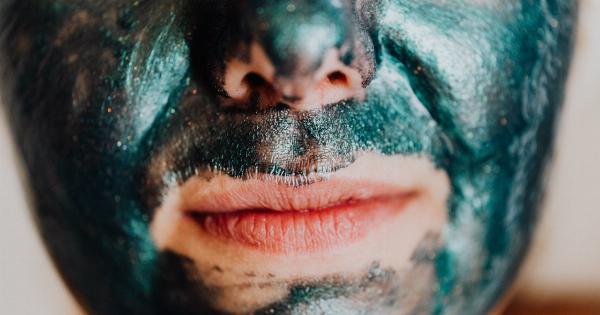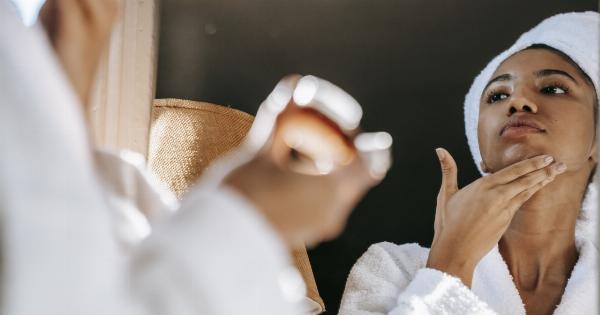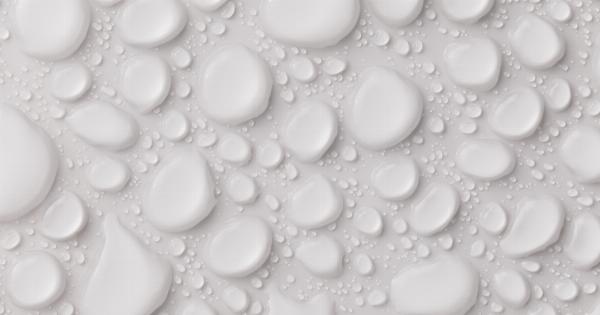Spending a sunny day outdoors can be a delightful experience for most people. However, for some individuals, the sun’s rays can lead to debilitating headaches and discomfort.
In this article, we will explore the effects of the sun on your head and delve into the reasons behind these beaming headaches.
Sunlight and Headaches
Many people are familiar with the term “sunburn,” which occurs when the skin gets exposed to excessive ultraviolet (UV) radiation.
However, what many people may not be aware of is that the sun’s rays can also trigger headaches in some individuals.
Research suggests that the primary cause of sun-induced headaches is related to the dilation and constriction of blood vessels in the brain.
When exposed to sunlight, certain chemicals in the body, such as serotonin, are released, leading to the expansion of blood vessels. This dilation can put pressure on the sensitive nerves in the head, resulting in throbbing and pounding headaches.
Sun Sensitivity
While anyone can develop a headache from sun exposure, certain individuals are more prone to these beaming headaches.
People with a history of migraines or tension headaches, in particular, may be more sensitive to the sun’s effects on their heads.
Additionally, individuals with fair skin are at a higher risk of sun-induced headaches due to their reduced ability to produce melanin, a pigment responsible for protecting the skin from the sun.
Fair-skinned individuals tend to burn more easily, further increasing their susceptibility to headaches caused by the sun.
Sun Hats and Protective Gear
One effective way to protect your head from the sun’s rays and prevent headaches is by wearing appropriate sun hats or headgear. Wide-brimmed hats, for example, provide shade and shield your face and head from direct sunlight.
They help reduce the amount of UV radiation that reaches your sensitive scalp, thereby decreasing the chances of developing a headache.
In addition to hats, wearing sunglasses that offer UV protection can also help alleviate sun-induced headaches. By shielding your eyes from the sun, you reduce the strain on your optic nerves, which can contribute to headaches.
Hydration and Sun Exposure
Staying hydrated is crucial when spending time in the sun, as dehydration can worsen headaches.
Prolonged exposure to the sun without adequate fluid intake can lead to a decrease in blood volume, causing your body to respond by constricting blood vessels. This constriction can intensify the headache symptoms.
Make sure to drink plenty of water and fluids while under the sun to maintain proper hydration levels. Avoid excessive consumption of alcohol and caffeinated beverages, as they can contribute to dehydration.
Timing and Sun Exposure
Another important factor to consider is the timing of your sun exposure. The sun’s rays are typically strongest between 10 a.m. and 4 p.m.
To minimize the risk of developing a headache, it is advisable to limit your time outdoors during these peak hours.
When planning outdoor activities, try to schedule them for earlier or later in the day when the sun’s intensity is lower. This adjustment can help reduce the likelihood of triggering a headache due to sun exposure.
Preventing Sun-Induced Headaches
In addition to wearing appropriate protective gear and being mindful of sun exposure, there are other preventive measures you can take to minimize the risk of beaming headaches:.
• Apply sunscreen: Using a broad-spectrum sunscreen with a high SPF can protect your skin and scalp from harmful UV radiation.
• Seek shade: When outdoors, try to stay in shaded areas like trees or umbrellas to reduce direct exposure to the sun’s rays.
• Take breaks: If you need to spend an extended period in the sun, take regular breaks indoors or in shaded areas to give your body a rest from the sun’s intensity.





























